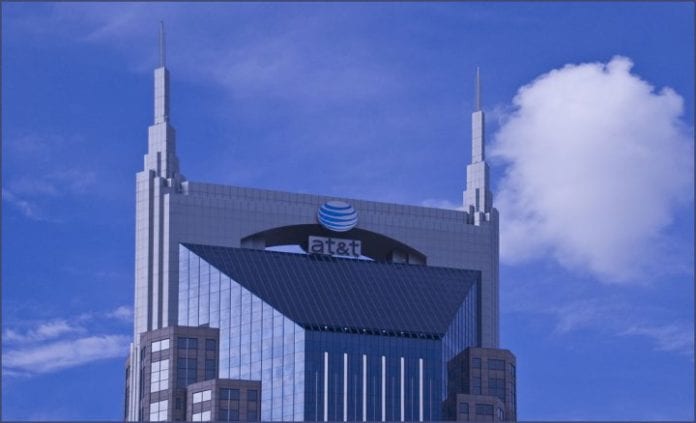John Stephens, AT&T CFO, updates progress on virtualization of network functions and details ‘very comfortable’ spectrum position
Speaking at the Oppenheimer 19th Annual Technology, Internet and Communications Conference, AT&T’s chief financial officer, John Stephens, said the carrier plans to virtualize 30% of its network functions by the end of the year. He also discussed AT&T’s five-year plan for its spectrum holdings.
AT&T was an early mover on network functions virtualization and software-defined networking with its Domain 2.0 plan to virtualize 75% of its network by 2020. Stephens said 2015 ended with 5% of the virtualization goal.
“The softwareification, the virtualization of the network, is something our network operations team, our [information technology] team, is going full force at.” He gave the example of the smartphone effectively virtualizing formerly hardware-dependent applications like a flashlight, an alarm clock or a camera.
“Now think about that for our network,” he said. “Think about every router box that we have that serves a 2G, and then another router box for 3G, and then another router box for 4G. Think about the ability to virtualize those; to get rid of those boxes and to do it from a software-based approach just like we put that camera into your phone. That is such a significant opportunity for a company that has the scale and scope of the network that we have. It’s really remarkable what opportunities we have going forward. About 5% of our network was virtualized at the end of the last year; very confident that we’ll get to about 30% of our network functions virtualized this year. We are reinvesting those savings … to continue this process, to target 75% of our network functions by 2020.”
Stephens also discussed AT&T’s spectrum holdings and how the company plans to leverage those assets in the next five years. He focused on 140 megahertz of low- and medium-band spectrum. “There’s about 40 megahertz of that spectrum … that is very lightly, if at all, used in our network. All the traffic we’re carrying today is carried by the first 100 megahertz. Some of it’s dedicated to 2G, which will be able to be repurposed next year. And a large part of it is dedicated to 3G, which, over time, we’ll also be able to upgrade to 4G. We have a large block of spectrum that we’re ready to put into service over the next few years that will dramatically improve our capacity.”
He also said re-deploying spectrum assets is cheaper than adding small cells and cell towers, which reduces capital expense. “From a network evolution process and a capacity development process, we feel we’re in a unique position, very comfortable.”
Access an audio recording of Stephens’ comments here.

